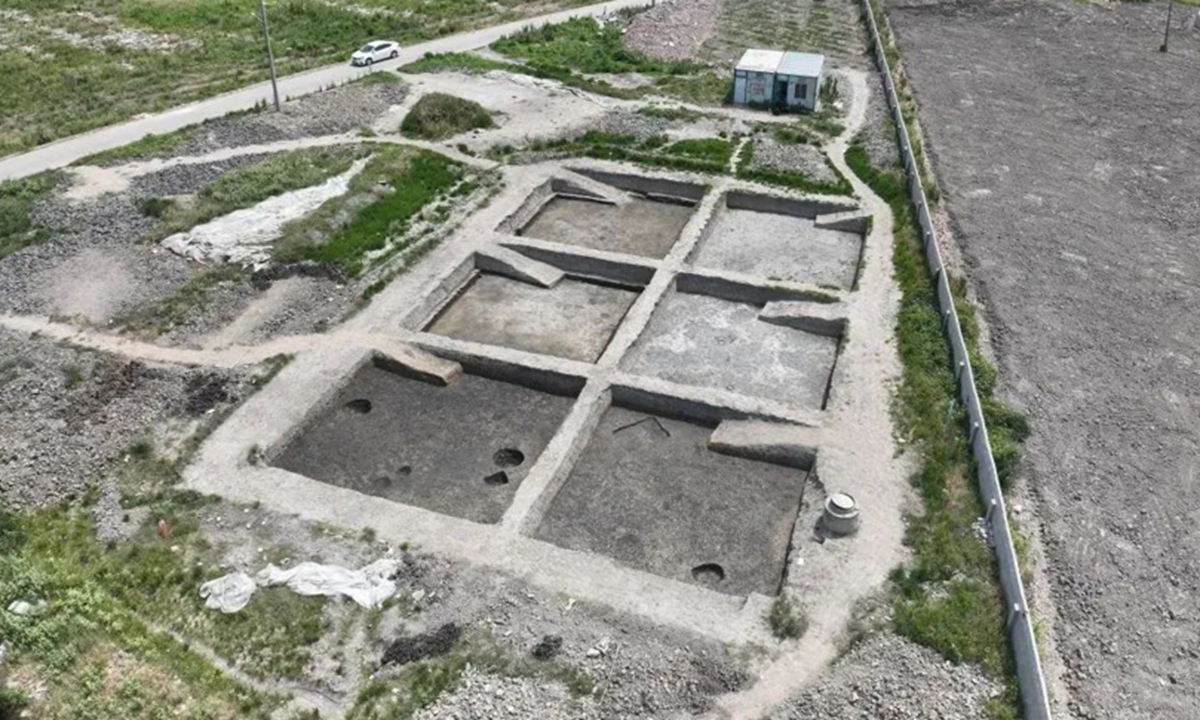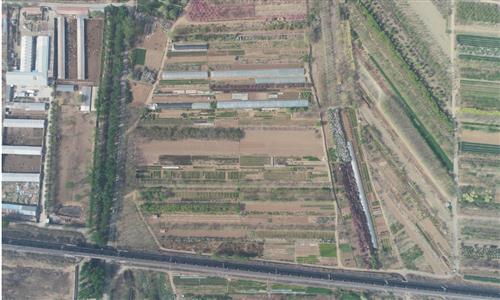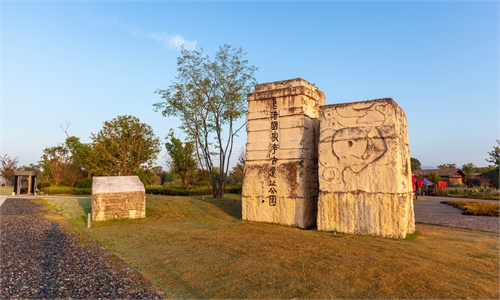ARTS / CULTURE & LEISURE
Archaeology site unveils historical layers spanning over 3,000 years

The Malangxia Site in Yuyao, East China's Zhejiang Province Photo: Courtesy of the Ningbo Cultural Heritage Management and Research Institute
The discovery of the Malangxia Site in Yuyao, East China's Zhejiang Province has contributed to a more comprehensive understanding of the social development and way of life in the Yuyao region from the Shang-Zhou (c.1600BC-256BC) to the Ming-Qing (1368-1911) dynasties, according to the Xinhua News Agency.The site has five distinct cultural strata, with each layer representing different historical periods: the Shang-Zhou dynasties, the Han-Northern and Southern Dynasties (206BC-589), the Tang-Five Dynasties (618-960), the Song-Yuan dynasties (960-1368), and the Ming-Qing dynasties. This rich archaeological record offers a comprehensive look into the social development and daily life of the people in the Yuyao region across over three millennia.
Local experts have emphasized the importance of the Malangxia Site, noting that it is the most extensive and well-preserved site found in Yuyao to date. The cultural significance and the clear historical timeline uncovered at the site make it a crucial reflection of the region's long-term social evolution.
Among the oldest finds are ash pits and a single tomb from the Shang-Zhou period containing stamped hard pottery and primitive celadon items. These artifacts, which include jars with patterns resembling rice sieves, hemp, and mats, are characteristic of the middle and lower reaches of the Yangtze River.
The Han-Northern and Southern Dynasties layer reveals a wealth of relics, including house sites, ash pits, tombs, wells, roads, and ditches.
The Tang-Five Dynasties layer is relatively sparse, featuring only a single tomb with a few artifacts, primarily daily-use ceramics. The Song-Yuan dynasties layer is represented by a variety of relics, including ash pits, tombs, ditches, and postholes. These artifacts highlight the exchange of aesthetic styles between northern and southern kilns.



